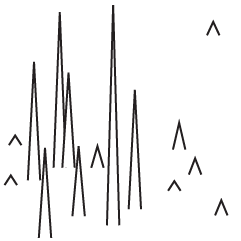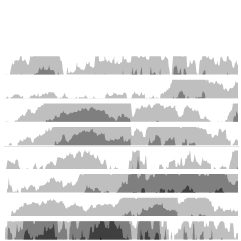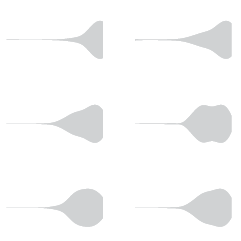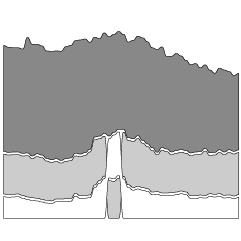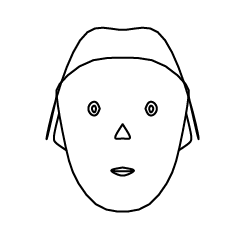Last month Republicans were pushing a bill to get rid of the American Community Survey, an 11-page questionnaire about housing, education, and other things. Yesterday, a bill passed to cut the survey in a 232 to 190 vote.
Republicans, acknowledging its usefulness, attacked the survey as an unconstitutional invasion of privacy, arguing that the government has no business knowing how many flush toilets someone has, for instance.
“It would seem that these questions hardly fit the scope of what was intended or required by the Constitution,” said Rep. Daniel Webster (R-Fla.), author of the amendment.
“This survey is inappropriate for taxpayer dollars,” Webster added. “It’s the definition of a breach of personal privacy. It’s the picture of what’s wrong in Washington, D.C. It’s unconstitutional.”
The ACS is the picture of what’s wrong in Washington? This is idiocy.


 The series premiere of
The series premiere of 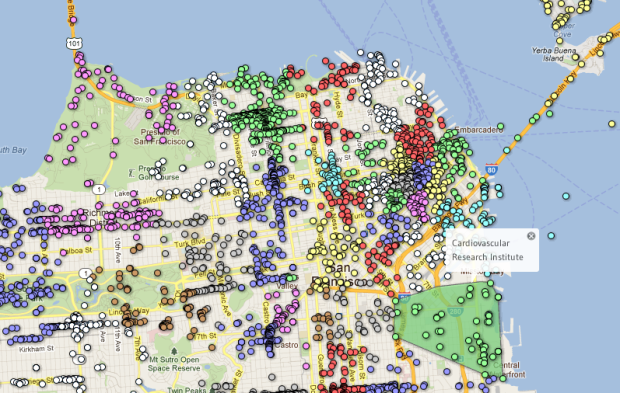
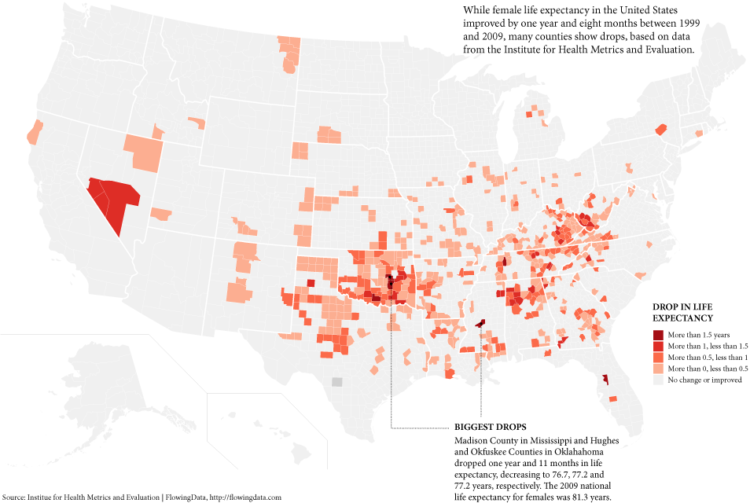
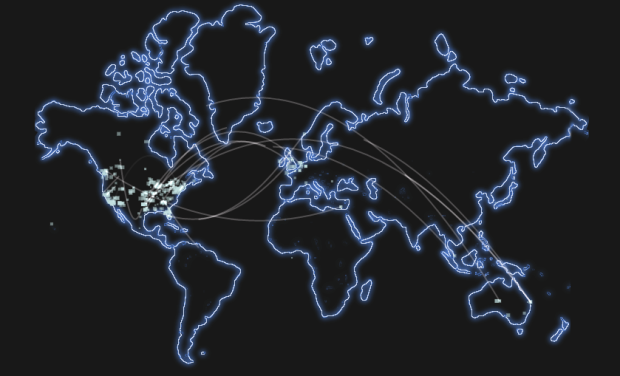
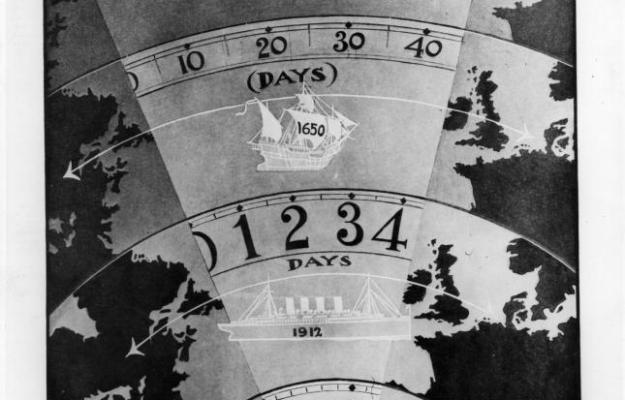
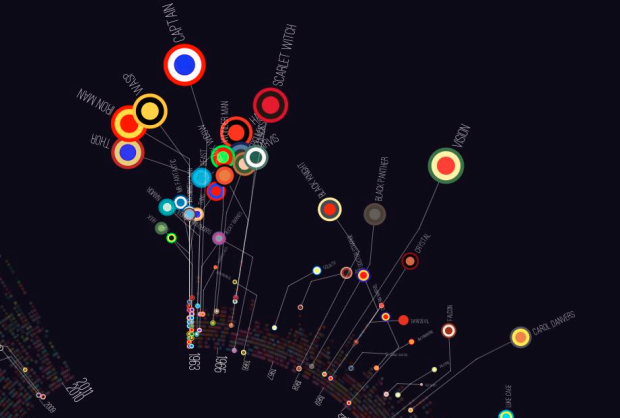
 Visualize This: The FlowingData Guide to Design, Visualization, and Statistics (2nd Edition)
Visualize This: The FlowingData Guide to Design, Visualization, and Statistics (2nd Edition)
